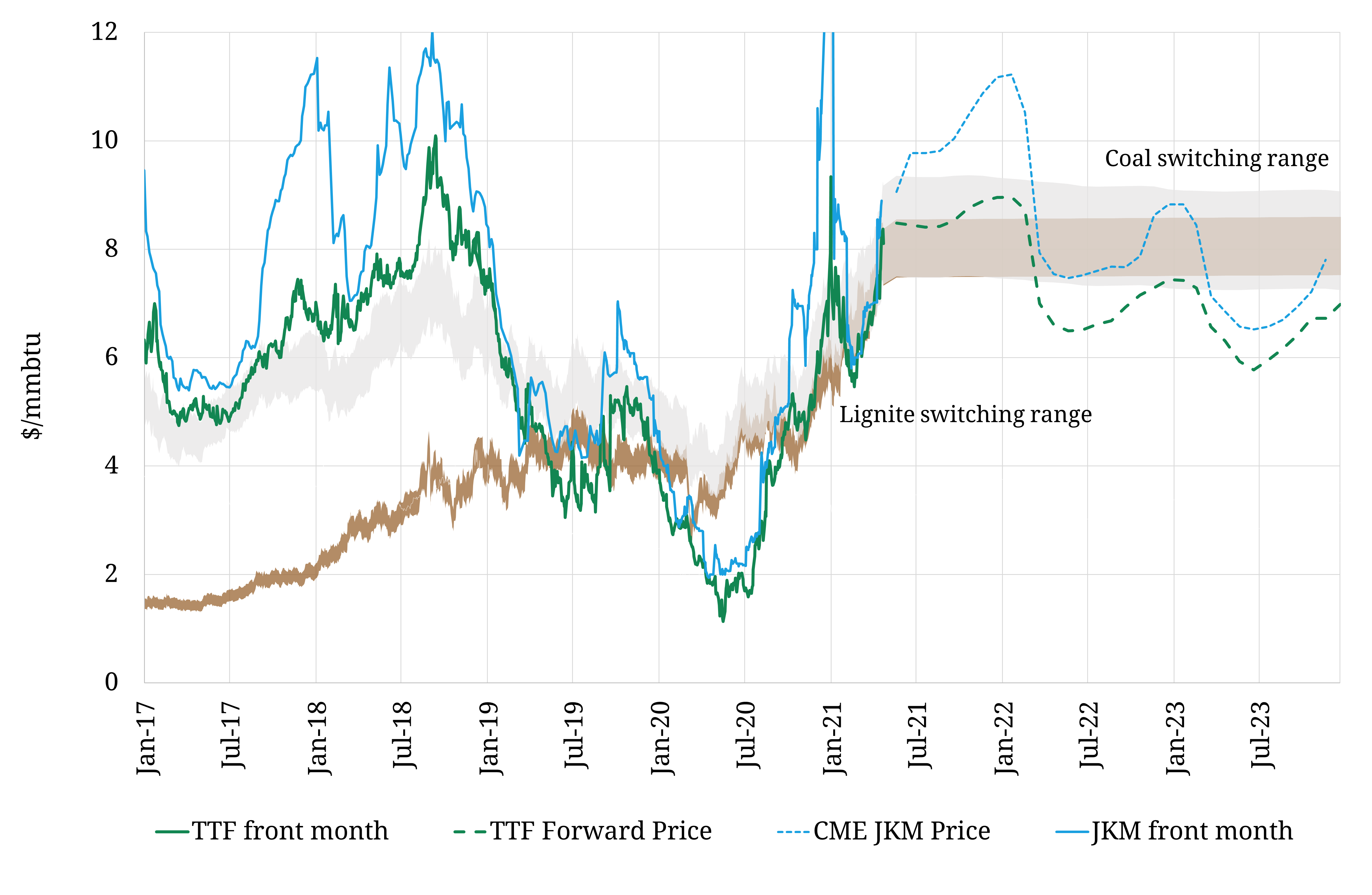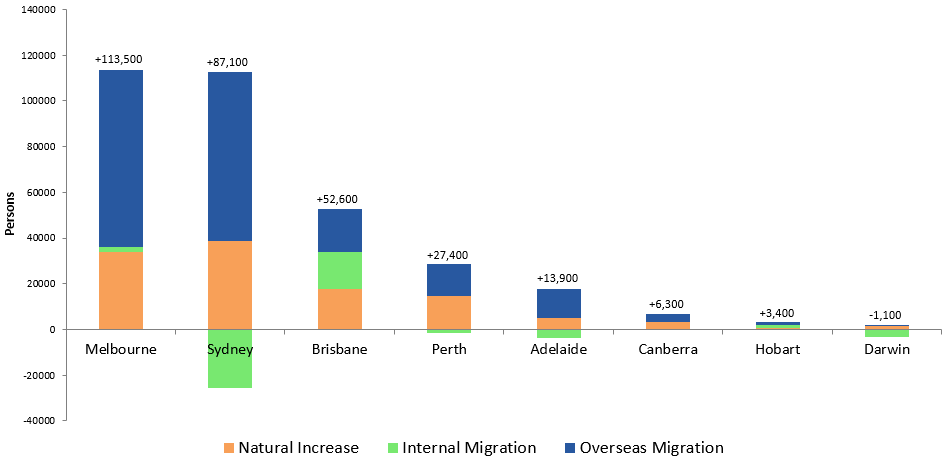Negative European Power Prices: A Deep Dive Into The Solar Energy Boom

Table of Contents
The Surge in Solar Energy Production
Increased Solar Capacity
Europe has witnessed a dramatic increase in solar panel installations in recent years. Countries like Germany, Spain, and Italy have taken the lead, significantly boosting their renewable energy portfolios. This expansion is driven by several key factors:
- Government subsidies and incentives: Many European nations offer generous financial support for solar energy projects, making them more attractive to both homeowners and large-scale investors.
- Falling solar panel costs: Technological advancements have drastically reduced the cost of solar panels, making solar power increasingly competitive with traditional energy sources.
- Growing environmental concerns: The urgent need to combat climate change and reduce carbon emissions has spurred significant investment in renewable energy technologies, including solar.
Different solar technologies contribute to this expanding energy mix. Photovoltaic (PV) systems, which directly convert sunlight into electricity, are the most prevalent. Concentrated solar power (CSP) plants, which use mirrors to focus sunlight onto a receiver to generate heat, also play a role, particularly in sunnier regions.
Intermittency of Solar Power
The intermittent nature of solar power presents significant challenges. Solar energy production is heavily reliant on weather conditions – sunshine hours, cloud cover, and seasonal variations directly impact electricity generation. This intermittency has major implications:
- Grid stability: Fluctuations in solar power output can destabilize the electricity grid, requiring sophisticated grid management strategies to maintain a reliable energy supply.
- Need for energy storage: Effective energy storage solutions are crucial to overcome the intermittent nature of solar power. Excess energy generated during peak sunlight hours must be stored for use during periods of lower solar production or higher demand.
Technologies like battery storage (lithium-ion batteries, flow batteries), pumped hydro storage, and smart grids are vital for managing the variability of renewable energy sources and ensuring grid stability.
Mechanisms Leading to Negative Electricity Prices
Over-Supply during Peak Solar Production
During periods of abundant sunshine, solar energy generation can significantly exceed electricity demand. This oversupply is the primary driver of negative European power prices. The market mechanisms at play include:
- Wholesale electricity markets: In these markets, electricity is traded based on supply and demand. When supply significantly surpasses demand, prices can fall below zero.
- Balancing mechanisms: Grid operators use balancing mechanisms to ensure grid stability. They may pay producers to reduce their output (curtailment) when supply exceeds demand, leading to negative prices.
Curtailment, the act of reducing or stopping solar energy generation, is a regrettable consequence of this oversupply. It represents lost potential energy and highlights the need for better grid management and energy storage solutions.
The Role of Conventional Power Plants
The influx of cheap solar power exerts considerable pressure on traditional power plants reliant on fossil fuels (coal, gas, nuclear).
- Reduced operation: Conventional power plants are often forced to reduce or cease operations during peak solar hours, as their higher operating costs make them uncompetitive against the virtually free solar energy.
- Early retirement: The economic viability of some older, less efficient fossil fuel plants is severely threatened, potentially leading to their early retirement.
This shift has significant economic implications for the fossil fuel industry and highlights the rapid pace of the energy transition in Europe.
Implications of Negative European Power Prices
Opportunities for Consumers and Businesses
Negative electricity prices, while seemingly paradoxical, present considerable opportunities:
- Lower energy costs: Consumers and businesses can benefit from significantly lower electricity bills, potentially boosting economic activity.
- Increased competitiveness: Businesses with high energy consumption can gain a significant competitive edge in the global market.
The impact varies across sectors. Energy-intensive industries, for example, can experience substantial cost savings, improving their productivity and competitiveness.
Challenges for Energy Producers and Grid Operators
The transition to a renewable energy-dominated system brings considerable challenges:
- Grid modernization: Existing grids need significant upgrades to accommodate the influx of intermittent renewable energy sources.
- Investment in smart grid technologies: Smart grids, with their advanced monitoring and control systems, are essential for managing the variability of renewable energy and ensuring grid stability.
Integrating large amounts of intermittent renewable energy requires careful planning, significant investment, and innovative technological solutions.
Conclusion
The rapid expansion of solar energy in Europe has led to the unprecedented phenomenon of negative European power prices. This situation underscores the transformative potential of renewable energy while also highlighting the challenges of integrating large amounts of intermittent generation into the electricity grid. Understanding the implications of negative European power prices is crucial for navigating the transition to a renewable energy future. The key takeaways are the vital role of sustainable energy solutions and the necessity of grid modernization. Dive deeper into the world of solar energy and its impact on the European energy market! Explore further research on energy storage solutions and smart grid technologies to fully grasp the complexities and opportunities presented by this dynamic energy landscape.

Featured Posts
-
 Why Jeff Goldblum Wanted A Different Ending For The Fly
Apr 29, 2025
Why Jeff Goldblum Wanted A Different Ending For The Fly
Apr 29, 2025 -
 At And T Challenges Broadcoms Extreme Price Hike For V Mware
Apr 29, 2025
At And T Challenges Broadcoms Extreme Price Hike For V Mware
Apr 29, 2025 -
 Covid 19 Pandemic Lab Owners Guilty Plea On False Test Results
Apr 29, 2025
Covid 19 Pandemic Lab Owners Guilty Plea On False Test Results
Apr 29, 2025 -
 New Business Hot Spots A Map Of The Countrys Fastest Growing Areas
Apr 29, 2025
New Business Hot Spots A Map Of The Countrys Fastest Growing Areas
Apr 29, 2025 -
 New Music Willie Nelsons Oh What A Beautiful World Album Out Now
Apr 29, 2025
New Music Willie Nelsons Oh What A Beautiful World Album Out Now
Apr 29, 2025
